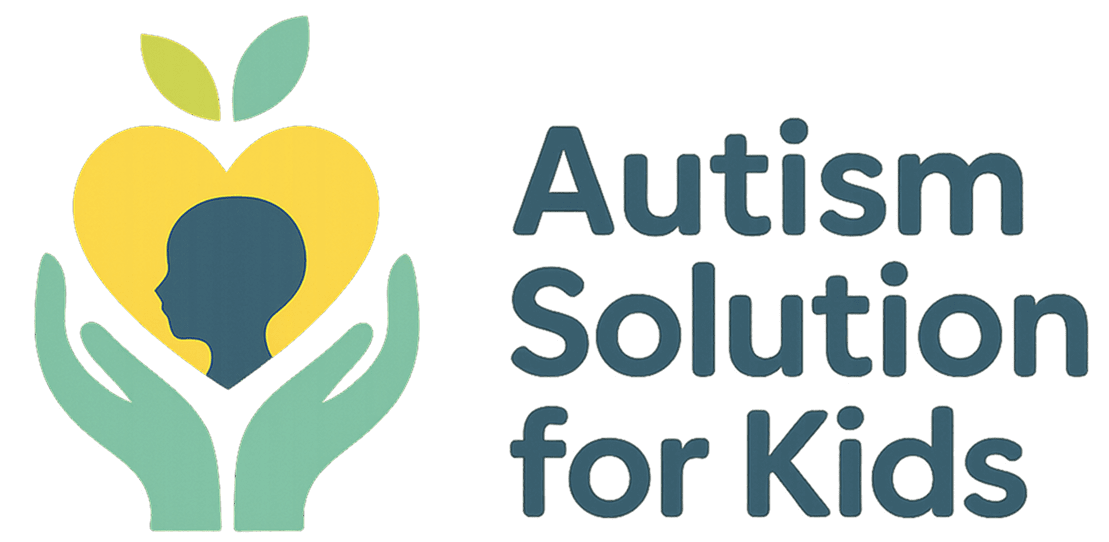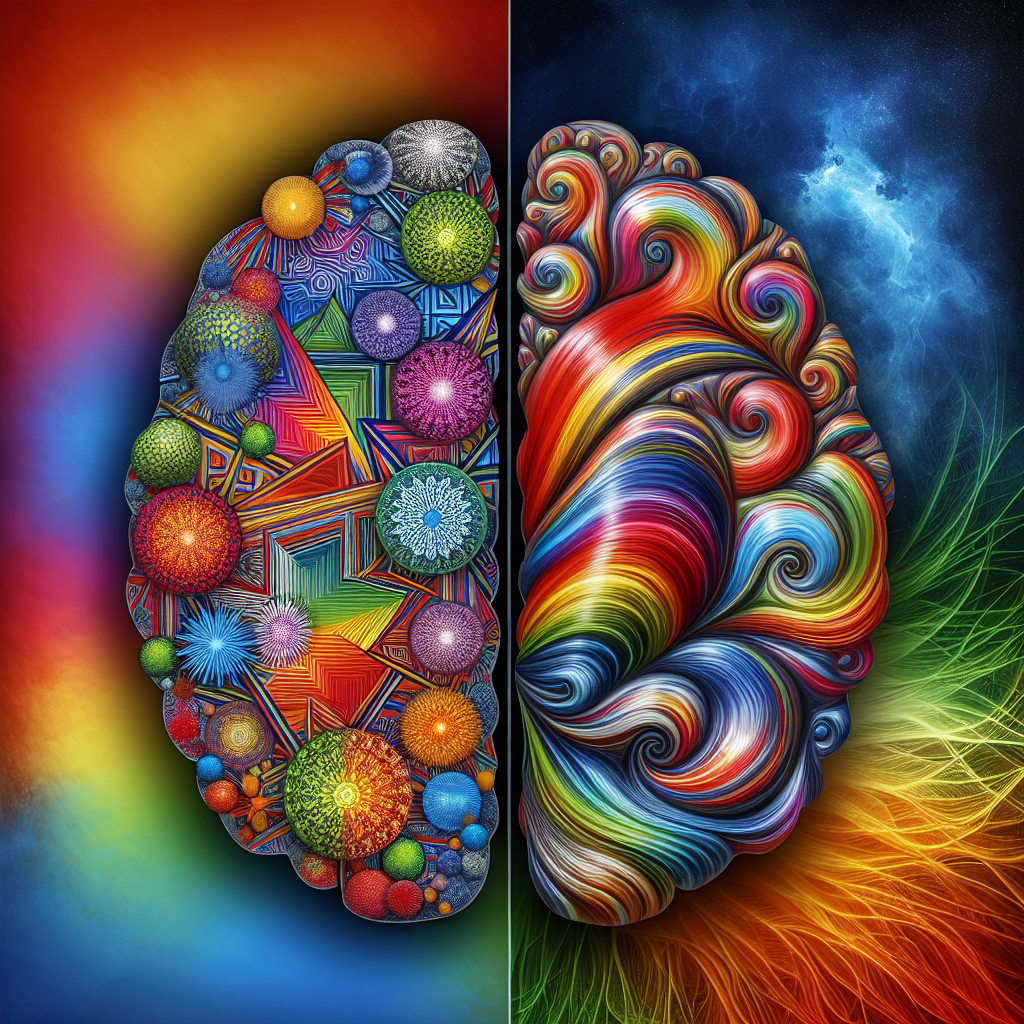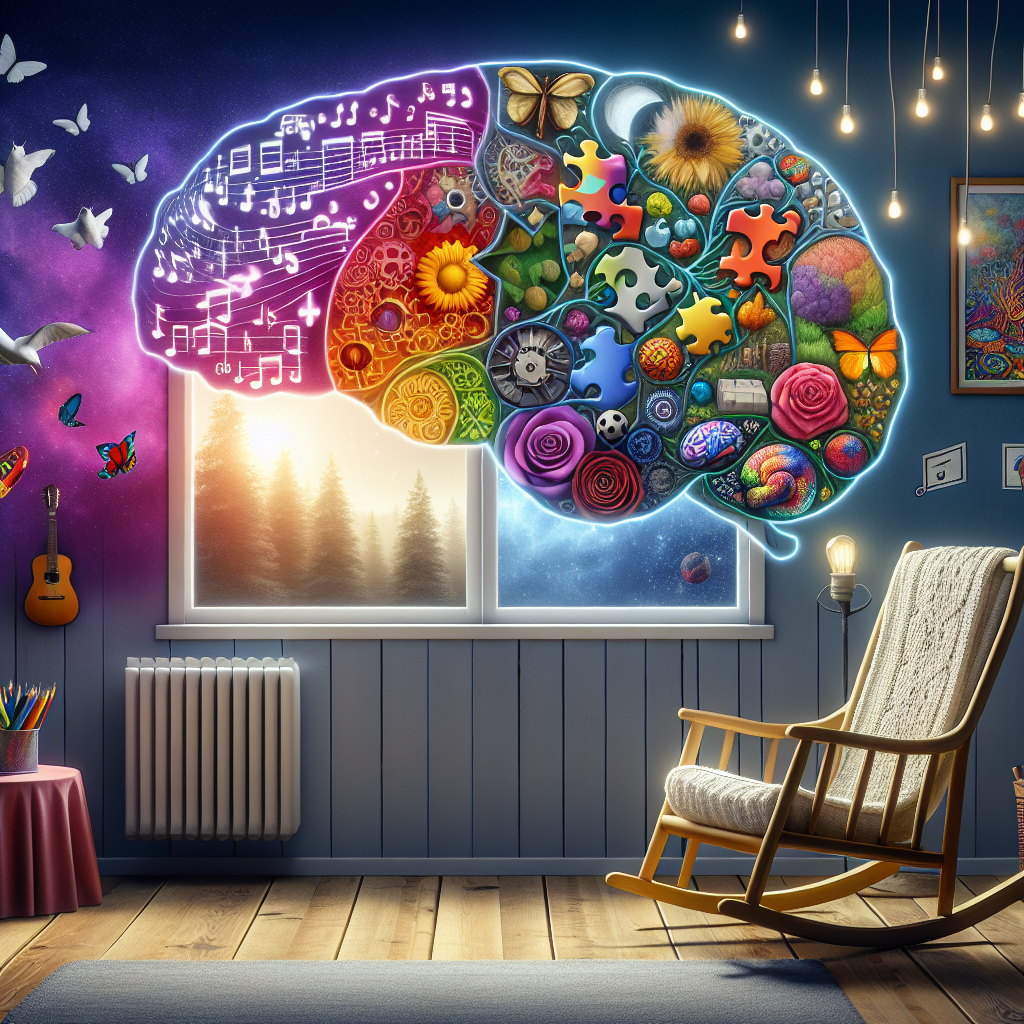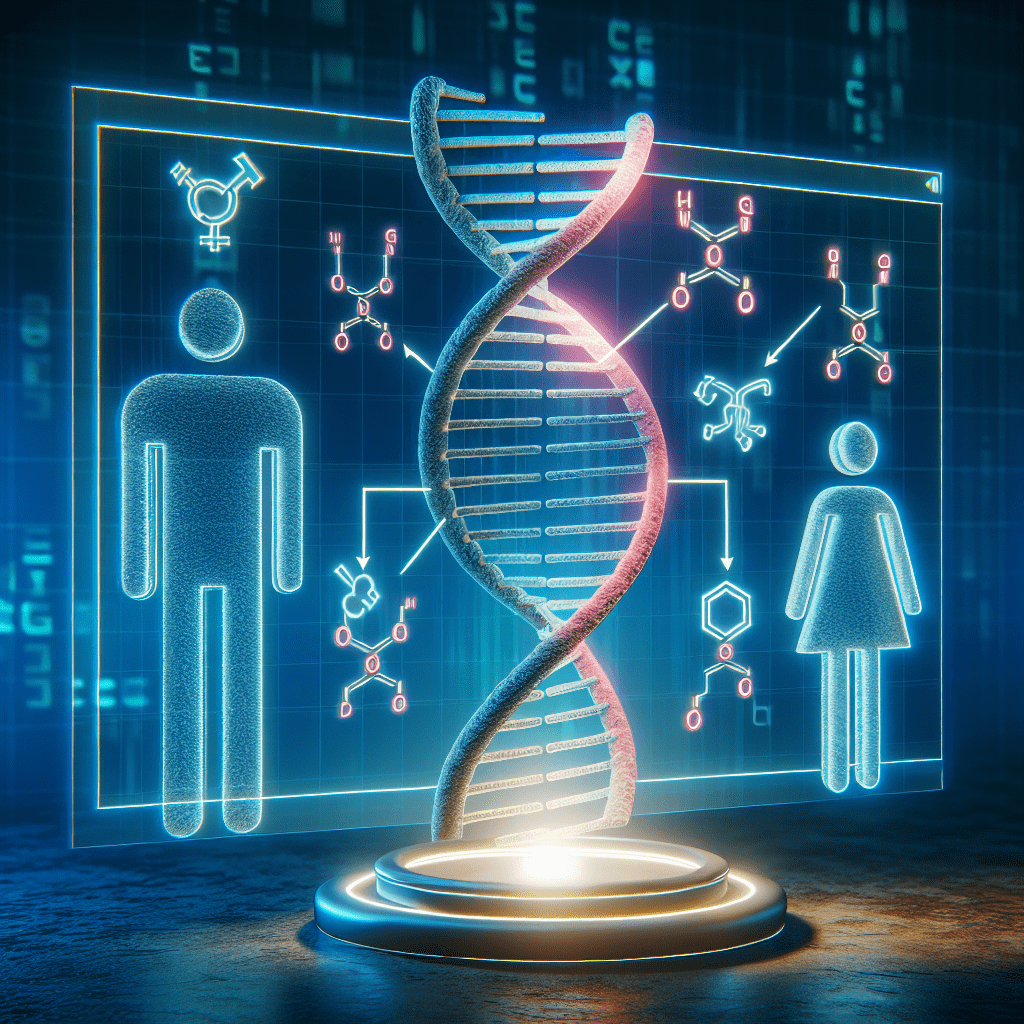Is It Autism or ADHD? Understanding the Differences and Similarities
Is it autism or ADHD? If you’ve ever found yourself pondering this question, you’re not alone. Many parents, educators, and individuals grapple with differentiating between these two developmental conditions. Both autism, also known as Autism Spectrum Disorder (ASD), and Attention-Deficit/Hyperactivity Disorder (ADHD) share overlapping symptoms, making it challenging for those who are affected to navigate their experiences. Understanding the nuances of each can lead to more effective support and interventions. In this comprehensive article, we’ll dive deep into the characteristics of both autism and ADHD, explore their similarities and differences, and provide insights on how to determine which condition may be present.
The Basics: What Are Autism and ADHD?
To tackle the question, “Is it autism or ADHD?” we first need to clarify what each condition entails. Both autism and ADHD are neurodevelopmental disorders that can impact individuals from childhood into adulthood. However, they manifest in different ways.
– Autism is characterized by difficulties in social communication and a tendency towards repetitive behaviors or restricted interests. On the autism spectrum, individuals might struggle with understanding social cues, which can make interpersonal interactions quite challenging. Additionally, many individuals with autism find comfort in routines and may become distressed when faced with unexpected changes.
– ADHD, on the other hand, is primarily marked by inattention, hyperactivity, and impulsivity. Individuals with ADHD often find it hard to focus on tasks, follow through with obligations, and manage their energy levels. The challenges posed by ADHD can be especially noticeable in structured environments like schools where sustained attention is often required.
Recognizing these defining traits is crucial for answering the underlying question of whether one is experiencing autism or ADHD. Although their symptoms may intersect, understanding their core features can serve as a guide.
Common Symptoms and Overlaps
When we dive deeper into the symptoms associated with each disorder, it becomes apparent that there are often overlaps between autism and ADHD. For instance, both may include challenges in social interactions. Let’s explore some common symptoms.
– Social Interaction Issues: Both individuals with autism and those with ADHD can struggle with maintaining conversations, understanding social cues, or making friends. However, the reasons may differ. For people with autism, the difficulty often stems from a lack of understanding of social norms, while for individuals with ADHD, it may be related to impulsivity or an inability to pay continuous attention.
– Difficulty with Focus: While inattention is a hallmark of ADHD, some individuals with autism may also exhibit challenges in attention. However, in autism, this might be more closely related to a preference for intense focus on a restricted interest rather than a general inability to concentrate.
– Repetitive Behaviors and Impulsivity: Repetitive behaviors (like rocking or lining up toys) are common in autism but may be absent in ADHD. Individuals with ADHD might demonstrate hyperactive behaviors, such as fidgeting or excessive talking, which serves as an outlet for their impulsivity rather than a repetitive function.
Clearly, both disorders present unique challenges while also intersecting on various fronts. Understanding these nuances can provide critical insights for families, educators, and health professionals alike.
How Are Autism and ADHD Diagnosed?
So, how do professionals determine, “Is it autism or ADHD?” The diagnosis for both disorders typically involves a comprehensive assessment process that considers various factors, including behaviors, family history, and educational performance.
– Diagnosis for Autism: The diagnostic process often includes structured interviews, questionnaires, and observational assessments by specialists. Parents may be asked to provide information about the child’s developmental history, social interactions, and behavior patterns. The DSM-5 outlines specific criteria for autism that must be met, which includes symptoms being present from early developmental stages and impacting daily functioning significantly.
– Diagnosis for ADHD: For ADHD, healthcare providers often rely on standardized rating scales and input from teachers, parents, and directly observing the child’s behavior in different environments. Similar to autism, ADHD diagnosis requires that symptoms are evident in multiple contexts and lead to significant impairments in social, academic, or occupational functioning. Additionally, certain conditions can mimic ADHD symptoms, such as anxiety or mood disorders, which need to be ruled out in the evaluation process.
The evaluation process is critical as it ensures that individuals receive the appropriate support. Everyone’s journey is unique, and factors that an assessment will take into account include age, gender differences, and how symptoms manifest differently across developmental stages.
What Treatment Options Are Available?
Once the question “Is it autism or ADHD?” is answered through proper diagnostics, parents and individuals can explore a variety of treatment options. Treatment pathways for autism and ADHD often differ, reflecting their unique challenges and needs.
– Treatment for Autism: Therapy approaches for autism often include Applied Behavior Analysis (ABA), speech therapy, and occupational therapy. These therapies focus on enhancing communication skills, fostering social interactions, and providing support for sensory sensitivities. In many cases, a tailored Individualized Education Program (IEP) can help meet the educational needs of children with autism.
– Treatment for ADHD: The treatment for ADHD may involve a combination of behavioral therapy and medication. Stimulant medications like methylphenidate are common and can greatly help manage symptoms of inattention and impulsivity. Behavioral therapies, such as parent training and classroom interventions, are crucial for developing coping strategies and skills to manage ADHD symptoms effectively.
Both autism and ADHD benefit from structured routines, clear expectations, and continuous support from families and educators. Working closely with healthcare professionals can provide the best strategies tailored to individual needs.
Living with Autism or ADHD: Everyday Challenges and Triumphs
The realities of living with either autism or ADHD can be daunting but also rewarding. Understanding how each condition can shape daily life is pivotal for caregivers and individuals alike. Let’s take a closer look at some of the everyday experiences impacted by these diagnoses.
– Social Challenges: Those with autism may find social engagements overwhelming, impacting their ability to form relationships. On the other hand, those with ADHD often struggle with the nuances of social interactions due to impulsivity, leading to misunderstandings or conflicts. Both experiences can lead to feelings of isolation or frustration, making social support incredibly important.
– Academic Engagement: Autism can affect how students engage with curriculum and peer groups. Many students with autism thrive in structured environments where predictable routines are established. Meanwhile, students with ADHD may struggle to keep focus during lessons and can benefit from dynamic learning experiences that hold their interest.
– Emotional Regulation: Individuals with autism often find it challenging to express their feelings appropriately, while those with ADHD might exhibit emotional outbursts due to frustration or overwhelming stimuli. Strategies for managing emotions can be beneficial for both groups, allowing them to build resilience.
Despite the challenges, individuals with autism and ADHD can also experience profound successes. With the right accommodations and support, skills can flourish, and unique talents can emerge.
Conclusion
So, is it autism or ADHD? By now, it’s clear that while there are overlaps, each condition has distinct features that influence behavior, communication, and daily functioning. Understanding the differences is crucial for providing the right support and intervention, and addressing the unique challenges posed by each condition enables caregivers and educators to help individuals thrive.
Throughout this article, we’ve delved into the basics, symptoms, diagnostic processes, treatment options, and the everyday realities of living with autism and ADHD. If you’re still uncertain whether you or someone you love is experiencing autism or ADHD, consider reaching out to a qualified professional who can conduct a thorough assessment. With awareness and understanding, we can foster environments that promote acceptance, support, and growth for individuals with autism and ADHD, enabling them to reach their full potential.
Frequently Asked Questions (FAQs)
- 1. Can a person have both autism and ADHD?
Yes, it is possible for individuals to be diagnosed with both autism and ADHD. Co-occurrence can complicate the presentation of symptoms, making careful assessment essential. - 2. What age are autism and ADHD typically diagnosed?
Both conditions are often diagnosed during early childhood, although ADHD can sometimes be diagnosed later as symptoms become more evident in a structured environment like school. - 3. How can I support a child with autism or ADHD?
Providing a structured environment, clear expectations, and emotional support can help. Engaging with professionals who specialize in these conditions can also lead to effective strategies. - 4. Can autism or ADHD be outgrown?
While symptoms of ADHD may diminish with age, autism is typically a lifelong condition. However, individuals often develop coping strategies and skills that enable them to lead fulfilling lives. - 5. Are there resources for families of children with autism or ADHD?
Yes, many organizations provide support and educational resources for families, including the Autism Society and CHADD (Children and Adults with Attention-Deficit/Hyperactivity Disorder).





